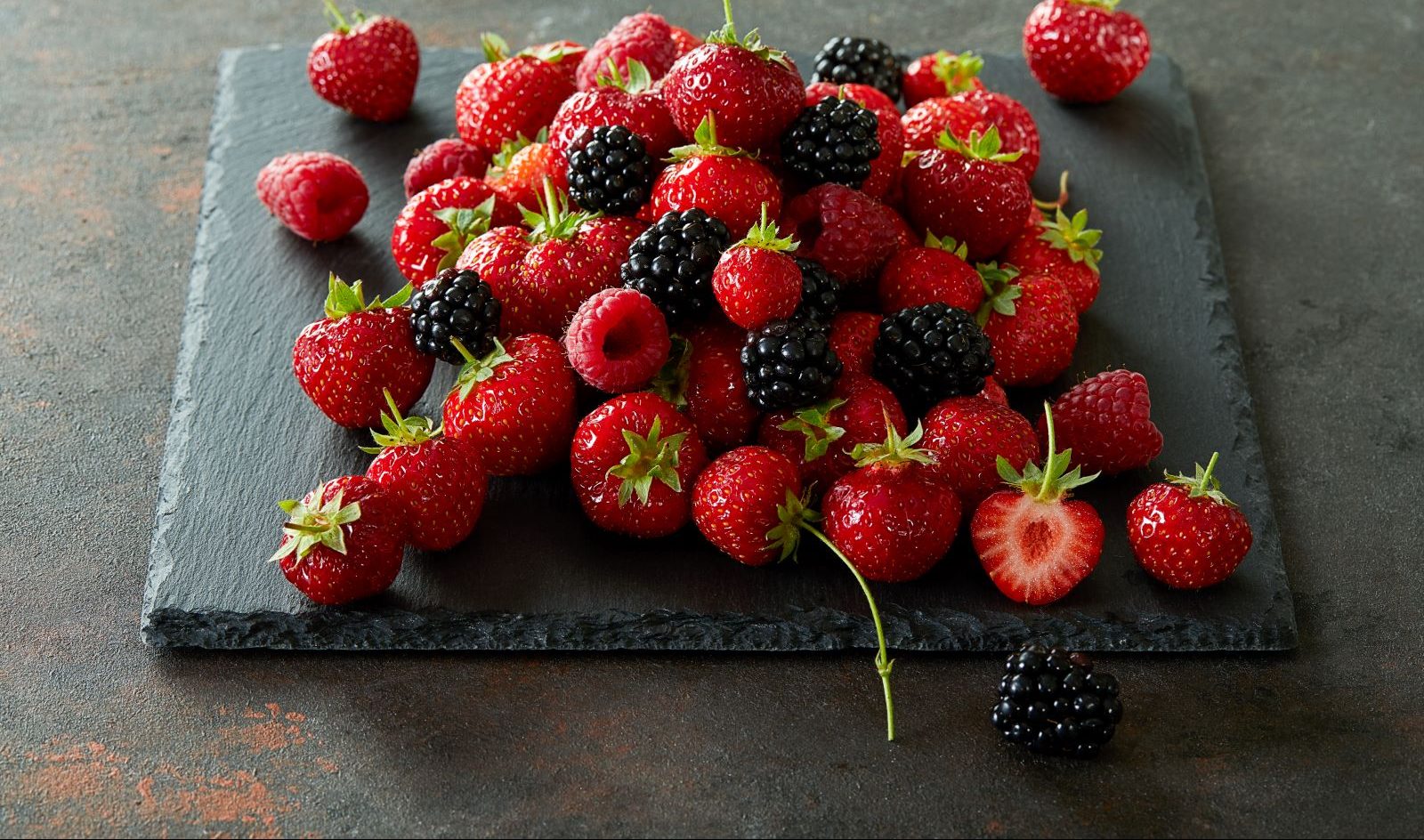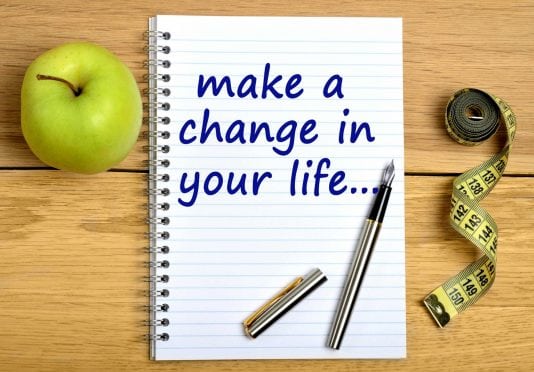Managing diabetes can feel like fitting puzzle pieces together – choosing foods with the best mix of carbohydrates, fats and proteins to keep your sugar level stable.
“There’s really no ideal mix of these nutrients – carbohydrates, fat, and protein – for people with diabetes. It’s very individualized,” notes Melissa Keeney, RDN, a dietitian and certified diabetes care and education specialist with Hartford HealthCare in Bridgeport.
But understanding how foods do or do not impact your sugar levels can make solving that puzzle easier, she says.
Here’s a quick list of foods that raise your blood sugar and others that don’t, according to Keeney.
Carbs raise sugar
Humans – even those with diabetes – need carbs to function and those foods will inevitably raise blood sugar levels. These include:
- Grains (pasta, rice, cereal)
- Milk
- Yogurt
- Fruits & fruit juices
- Starchy vegetables (potatoes, peas, corn)
- Beans
- Many snack foods
- Desserts
> Related: These 3 Drinks Help Keep Your Blood Sugar Balanced
Foods with little impact
Anyone with diabetes might be surprised to learn certain foods minimally impact sugar levels, including:
- Carrots. These are considered non-starchy (as are string beans, tomatoes, mushrooms, peppers, broccoli, asparagus and cauliflower) and good in a diabetes diet.
- High-fiber grains. Farro, quinoa and barley keep sugars more stable than white rice or pasta.
- Bran cereal. While cereals are high in carbohydrates, bran is also high in fiber. Eat with 1% milk, which contains protein. When choosing a cereal, looking for at least 3g of fiber.
- Potatoes. Eat with the skin on to support healthy blood sugar levels. Fiber, Keeney says, slows digestion, absorption of nutrients and blood sugar changes.
- Cottage cheese. Many dairy products are high in carbohydrates, but the protein in cottage cheese can keep blood sugars more stable.
- Lentils. Beans do contain carbs, but they are high in fiber as well, making them a “superfood,” Keeney says. Mix them into soups or make meatless sloppy joes.
- Strawberries and raspberries. As sweet as they taste, strawberries contain the lowest amount of sugar per serving. Research shows they help the body better use insulin, lowering the amount needed to manage your blood sugar after a meal. Raspberries are also loaded with fiber and low in sugar.
Creating winning combinations
Registered dietitian-nutritionists teach people with diabetes how to combine food containing carbs with proteins, fats and/or fibers to boost nutritional value and keep blood sugar stable.
“Most of your meals and snacks should include a carbohydrate, protein, fat and fiber,” Keeney says.
Another tip is eating carbs after veggies and protein.
“A study of people eating the same amount of vegetables, chicken and rice concluded blood sugar levels in those who ate veggies and chicken first were lower. It’s more about timing foods, less about decreasing carbs,” she explains.



